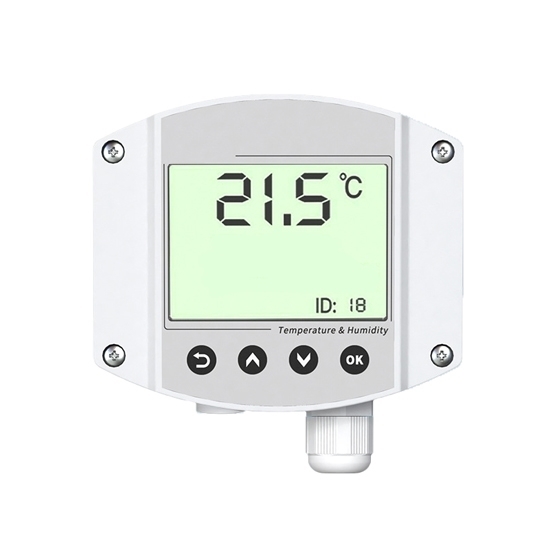
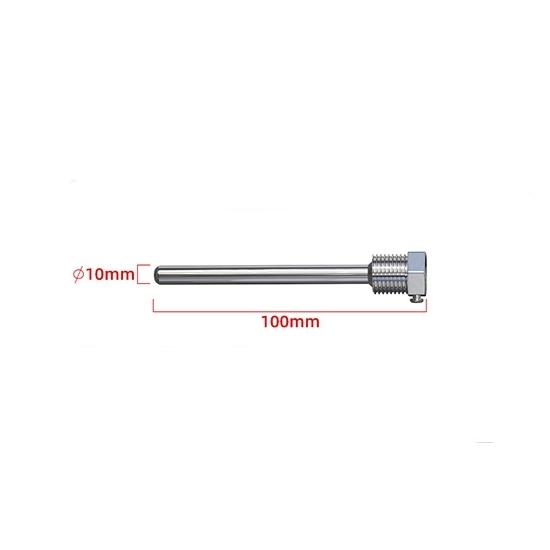
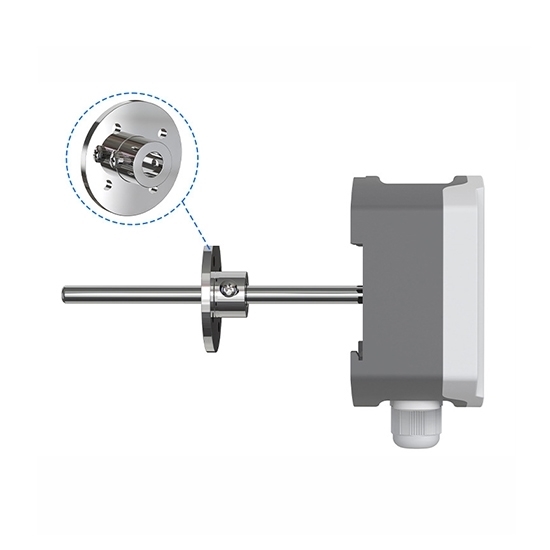
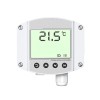
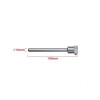
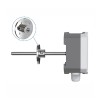
- Stock: In Stock
- Model: RDDLZ-TS-9D
- Weight: 1.00
- SKU: RDDLZ-TS-9D
Available Options
High quality RDDLZ duct temperature sensors for sale, using high reliability DC12~36V/AC24V power supply, adaptable, suitable for -40°C to +120°C probe operating temperature, humidity range of 0% to 100% RH, suitable for use in harsh environments. Equipped with RS485, 4-20mA, 0-5V/0-10V signal outputs for easy integration and outstanding long-term stability, accessories can add sensor protection sleeves.
Specification
| Model | RDDLZ-RS-WD-N01-9D-LCD | RDDLZ-RS-WD-9D-LCD |
| Output Signal | RS485 (ModBus protocols) | Current output: 4-20mA; Voltage output: 0-5V/0-10V |
| Power Supply | DC12~36V/AC24V (±20%) | |
| Accuracy | ±0.2°C (25°C) | |
| Temperature Range | -40°C~120°C (default: -40°C~+80°C) | |
| Transmitter Circuit Operating Temperature and Humidity | -20°C~+60°C, 0%RH~99.9%RH (non-condensing) | |
| Probe Operating Temperature | -40°C~120°C Default -40°C~+80°C | |
| Probe Operating Humidity | 0%RH~100%RH | |
| Long-term Stability | ≤0.03°C/y | |
| Response Time | ≤25s (1m/s wind speed) | |
| Maximum Allowable Air Velocity | 16m/s | |
| Load Capacity | / | Current output: ≤600Ω; Voltage output: Output Resistance ≤1kΩ |
| Maximum Power Consumption | 1.2W | 1.5W |
Features
- High precision temperature measurement unit, typical temperature annual drift ≤ 0.03 ℃.
- Adopt special 485 circuit, standard ModBuS-RTU communication protocol, communication address and baud rate can be set.
- The address and baud rate can be set on site by pressing the key to modify the address and baud rate. AC/DC power supply is available, DC12~36V or AC24V(±20%).
- Sliding flange or sleeve mounting, adjustable mounting height.
Dimensional Drawing (unit: mm)
Details
Wiring Instructions
Installation Note
Application
Tips: What is a duct temperature sensor and how does it work?
A duct temperature sensor is a device used to measure the temperature of the air inside ventilation ducts. It is commonly installed in heating, ventilation and air conditioning (HVAC) systems to help regulate the operation of the system by sensing temperature changes within the ducts. The principle of operation is that a probe inside the sensor comes into contact with the duct air, which senses the temperature and converts it into an electrical signal that is transmitted to the control system. Based on this data, the system automatically adjusts heating or cooling equipment to ensure a comfortable indoor environment.
